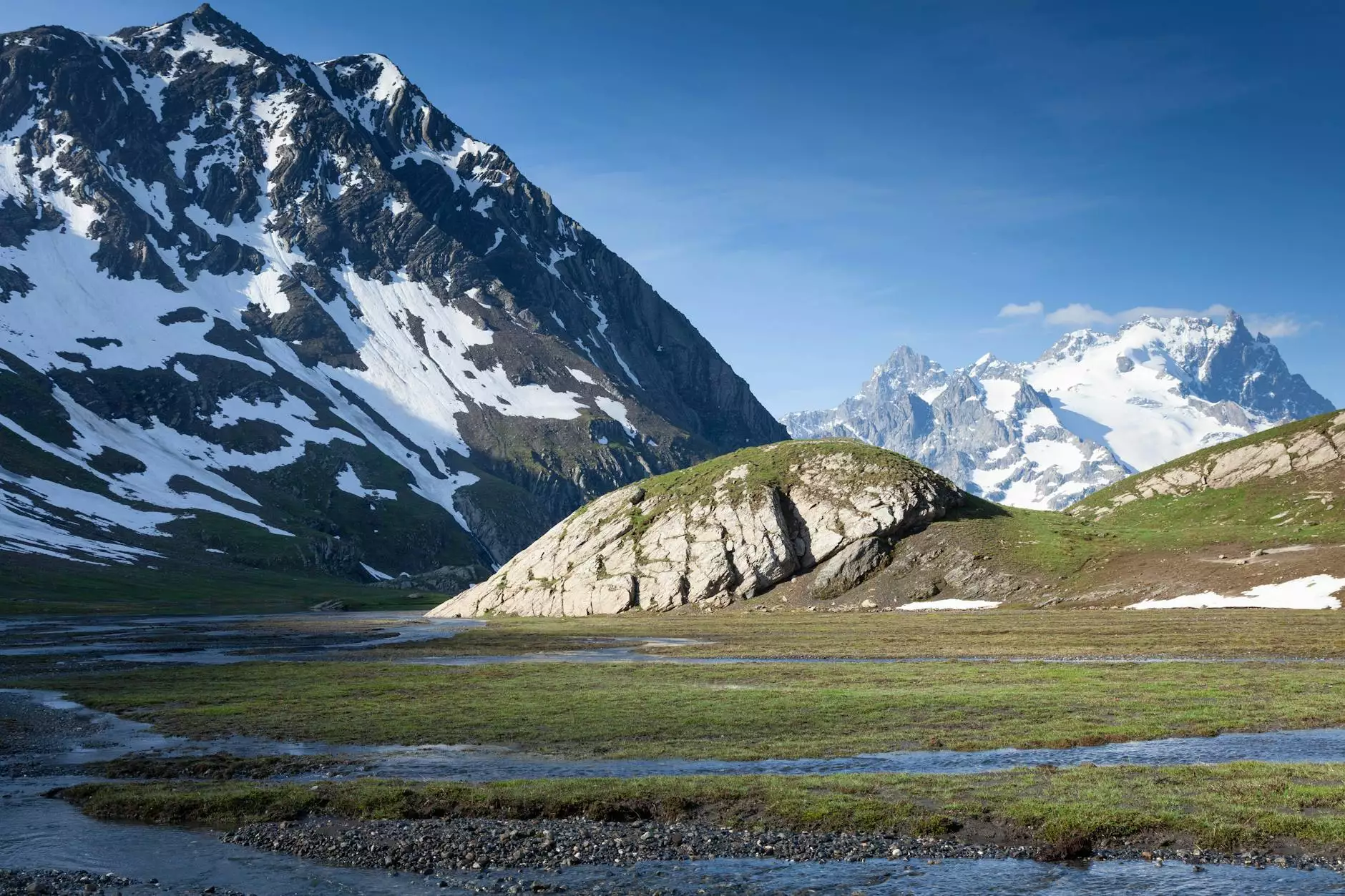Thawing Frozen Water Pipes: A Comprehensive Guide for Homeowners

When the temperatures drop during winter, one of the most common issues homeowners face is thawing frozen water pipes. This situation can lead to severe plumbing problems, including burst pipes and water damage. Understanding how to effectively thaw your pipes and prevent freezing is crucial for maintaining a safe and functional home plumbing system.
Why Do Pipes Freeze?
Frozen pipes occur when the water inside them freezes, causing blockages that can lead to pressure buildup. This problem usually arises when outside temperatures drop significantly. Here are some of the primary factors contributing to pipe freezing:
- Low Temperatures: Prolonged exposure to sub-zero temperatures is the most obvious cause.
- Poor Insulation: Pipes located in unheated areas, such as attics, garages, or crawlspaces, are at a higher risk.
- Air Leaks: Cold air entering the home through cracks and openings can significantly cool the nearby pipes.
- Water Supply Issues: A slow faucet can contribute to frozen pipes since flowing water is less likely to freeze.
Signs of Frozen Pipes
Knowing the signs of frozen pipes can help you act quickly before extensive damage occurs. Look out for the following indicators:
- Reduced or No Water Flow: If you turn on a faucet and only a trickle comes out, the pipe may be frozen.
- Frost on Pipes: Visible frost or ice on the exterior of pipes is a clear sign of freezing.
- Strange Odors: Unusual smells from the faucet could indicate that water is trapped in a frozen segment.
- Cold Spots: Touch the pipes; if a section feels significantly colder than the rest, it may be frozen.
Thawing Frozen Water Pipes: Step-by-Step Guide
Once you've identified frozen pipes, it's essential to act swiftly. Here's a detailed procedure for thawing frozen water pipes effectively and safely:
Step 1: Locate the Frozen Section
Start by determining where the pipe is frozen. Typically, this is near exterior walls, in unheated spaces, or areas with poor insulation. Turn on the faucet adjacent to the frozen section; this will help relieve pressure and allow water to flow once the ice begins to melt.
Step 2: Apply Heat
There are several effective methods to apply heat to the frozen area:
- Space Heaters: Place a space heater in the area with the frozen pipe to gradually warm the surrounding air.
- Hair Dryer: Use a hair dryer to target the frozen section, moving it back and forth until the ice melts.
- Heating Pads or Towels: Wrap heating pads around the pipe or soak towels in hot water and wrap them around the frozen section.
- Heat Tape or Cable: For future prevention, consider installing heat tape along vulnerable pipes during installation.
Step 3: Keep the Faucet Open
As you apply heat, ensure that the faucet remains open. This allows the melted ice to escape and reduces pressure buildup, preventing possible bursts.
Step 4: Monitor Closely
Stay vigilant throughout the thawing process. Keep checking the pipe for any signs of cracking or leaking. If the frozen section is located close to joints or valves, extra caution must be taken.
Step 5: Call a Professional
If your attempts do not resolve the issue, or if you are uncertain, it is wise to seek help from a professional plumber. Attempting to forcefully thaw the pipe can cause further damage. At White Plumbing Company, our experts can provide efficient and safe solutions for all your plumbing needs.
Prevention: How to Avoid Frozen Pipes in the Future
Preventing frozen pipes is the best way to avoid the headache of thawing them in the first place. Here are several effective prevention strategies:
- Insulate Pipes: Use foam insulation or sleeves on pipes located in unheated areas.
- Seal Cracks and Gaps: Look for air leaks around windows, doors, and sill plates, and seal them to keep cold air from entering.
- Keep the Heat On: If you leave your home for an extended period during winter, keep the heating system set to a minimum of 55°F.
- Let Faucets Drip: Allowing a small drip from faucets can help maintain water flow and prevent freezing.
- Open Cabinet Doors: When temperatures are extremely cold, leave cabinet doors open to allow warm air to circulate around pipes.
Recognizing When to Call in Professionals
While many homeowners can manage minor frozen pipe issues, understanding your limits is essential. Call professionals if you:
- Are Uncertain: If you're unsure of the location of the freeze or how to safely thaw the pipes.
- Experience a Leak: If a pipe bursts and leaks, immediate professional assistance is necessary to prevent extensive damage.
- Have Repeated Issues: Frequent freezing should be addressed by a plumbing professional to assess insulation and pipe placement.
The Importance of Regular Plumbing Maintenance
To maintain a reliable and efficient plumbing system, regular maintenance is crucial. Scheduling inspections with professionals like White Plumbing Company can help identify weaknesses in your plumbing before they become costly problems. Services to consider include:
- Pipe Inspections: Camera inspections can reveal cracks or weak spots that need attention.
- Drain Cleaning: Prevent clogs that can exacerbate freezing issues.
- Water Heater Maintenance: Regular checks on your water heater ensure it operates efficiently, which can help keep pipes warm.
Conclusion
Understanding the causes, signs, and methods for thawing frozen water pipes can save homeowners from costly repairs and significant water damage. With proactive measures, you can safeguard your plumbing against freezing and ensure your home remains comfortable throughout the winter months. For comprehensive plumbing services and expert advice, reach out to White Plumbing Company. Our team is dedicated to providing the best solutions to keep your plumbing system in peak condition.



